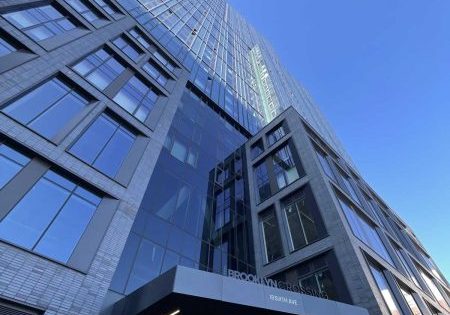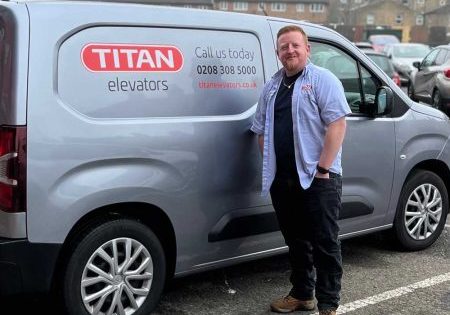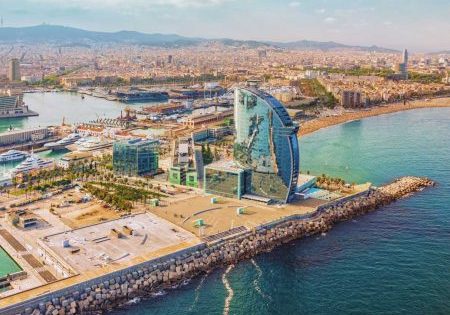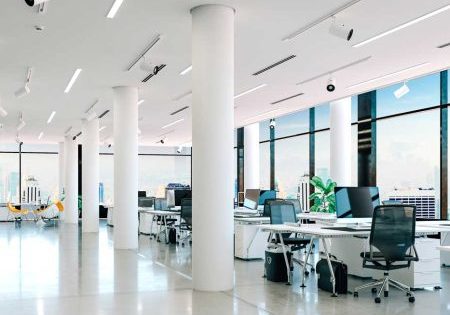The 2022 CTBUH International Conference
Feb 1, 2023
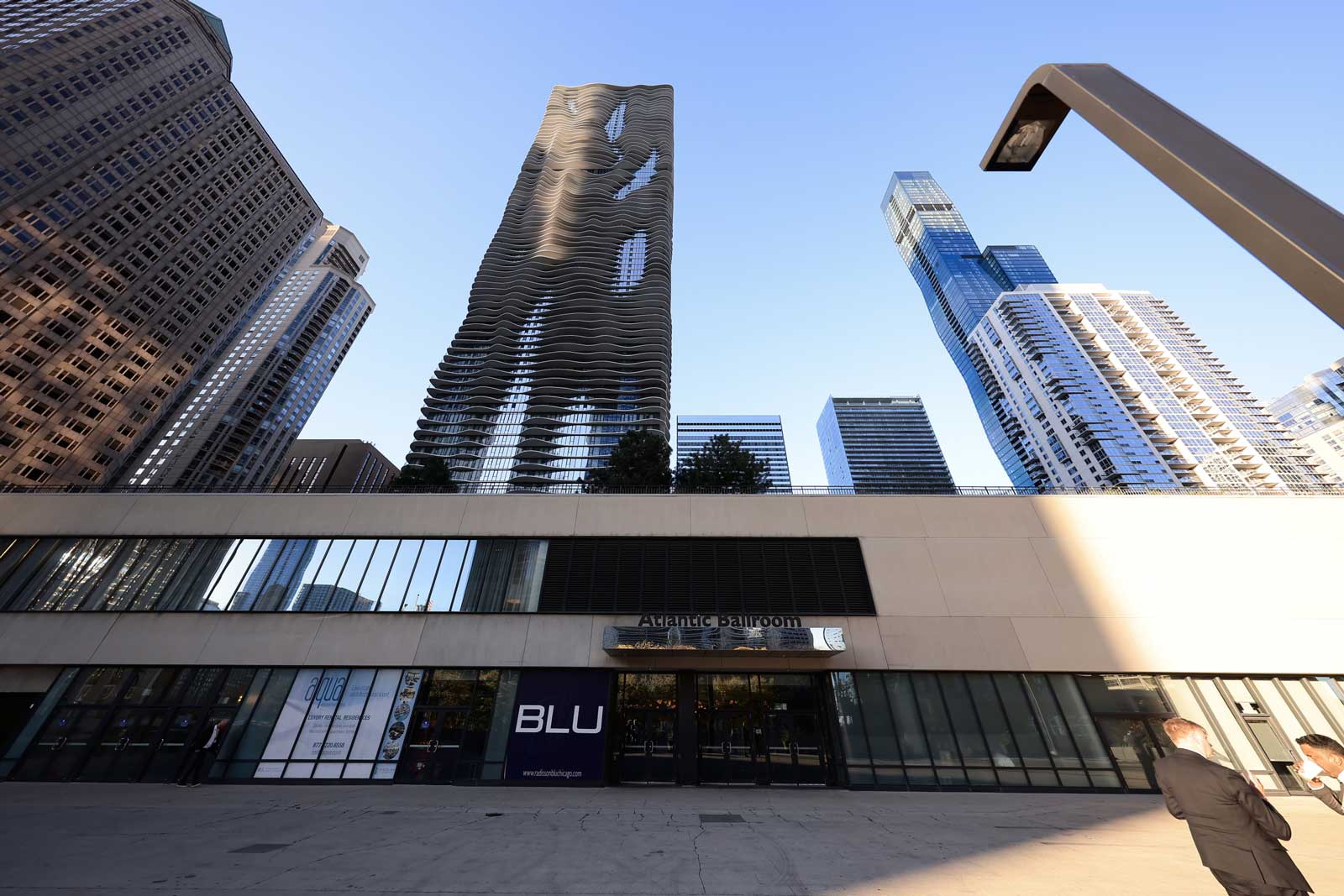
Your author discusses VT industry involvement at this combined conference held in Chicago.
photos courtesy of CTBUH
In November 2022, the Council on Tall Buildings and Urban Habitat (CTBUH) returned to an in-person meeting format at the CTBUH International Conference in Chicago. The event was, in fact, two conferences in one, combining the annual CTBUH awards program (typically held in April or May) with its international meeting. The result was a blend of sessions, some of which focused on various aspects of the awards program, and others addressed a range of tall-building topics. The theme (which applied to the pre-conference workshops and conference sessions) was “Tall Excellence: Seeking the Ideal in Vertical Urbanism.” Embedded within this theme was the ambitious goal of establishing a framework for the possible pursuit of a global tall-building accreditation and certification program, which was characterized as embracing “multiple areas of tall-building performance, such as carbon, safety, quality of occupation, urban integration and more.”
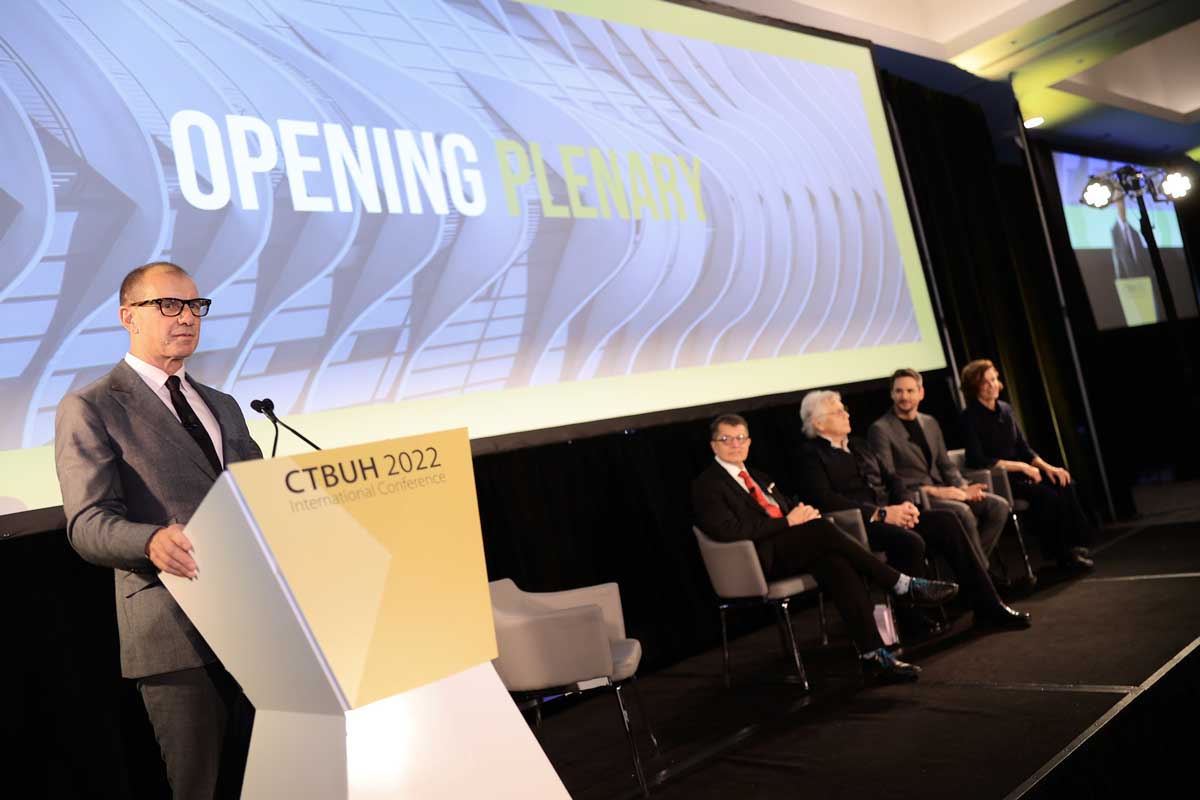
The half-day pre-conference workshop was dedicated to exploring this idea of an accreditation and certification program. Workshop participants were asked to:
- Help determine if this new program will be aimed at one, holistic rating across all disciplines or be a raft of separate accreditations.
- Clarify how the program will assess excellence.
- Discuss how this certification could inform a new joined-up code for tall buildings internationally.
Workshop themes included architectural design, carbon, construction (speed, safety, innovation), economics and development (efficiency, profitability, affordability, cost, value), materials, mobility (efficiency, quality), structure (innovation, efficiency, safety), systems (MEP, life safety, other) and urban integration and impact. Each workshop was divided into two parts: presentations by industry leaders followed by an open discussion focused on possible accreditation standards.
The Mobility Workshop (sponsored by Otis) was led by Alan Cronin (AECOM) and Tim Russell (Buro Happold). In keeping with the conference theme, the workshop’s goal was to “inform the establishment of a global accreditation and certification program for both buildings and professionals.” This effort was also intended to “link with previous work by the members of the (CTBUH) committee on vertical transport.” The workshop presentations were given by Samu Salmelin (KONE), Florien Troesch (Schindler), Javier Sesma (TK Elevator (TKE)) and Lucien Wedzikowski (Otis). The speakers addressed a normative set of vertical-transportation (VT) topics, including performance, energy, carbon footprint, user experience, etc., each of which was presented from the viewpoint of a given manufacturer.
The ensuing discussion addressed the question: “What constitutes Tall Excellence for CTBUH accreditation?” The proposed topics of conversation relating to VT systems were performance, efficiency, fire and life safety, goods/service lifts, sustainability, accessibility and experience. While interesting and engaging, the discussion’s broad scope reflected the fact that the CTBUH goal of establishing performance standards for tall buildings lacks a clear definition regarding the precise aims of the initiative and what CTBUH hopes to achieve. The organization has, over the past several years, established clear criteria for determining tall building height and has effectively established itself the sole arbiter of this important statistic. Its intent appears to be to establish a parallel system for assessing all aspects of tall building performance. The conference launched this ambitious initiative, which will doubtless become more clearly defined in the future. Perhaps one of the most interesting observations made during the discussion period concerned the current standard that excellent VT service requires a passenger wait time of 20 s (or less). The observation was simply: Why this standard? Why is the VT industry actively contributing to the increasingly frantic pace of modern life?
The VT industry’s presence at the conference was not limited to the Mobility Workshop. A total of eight presentations were featured in the main conference, with four grouped together in a dedicated VT session titled “The Future of Mobility and Vertical Transport.” The session, chaired by industry veteran Johannes de Jong (Elevating Studio), included presentations by Miguel Castro (Schindler), Timo Vlasov (KONE), Mark Schroeder (TKE), and Paul Clements (D2E International VT Consultants Ltd.).
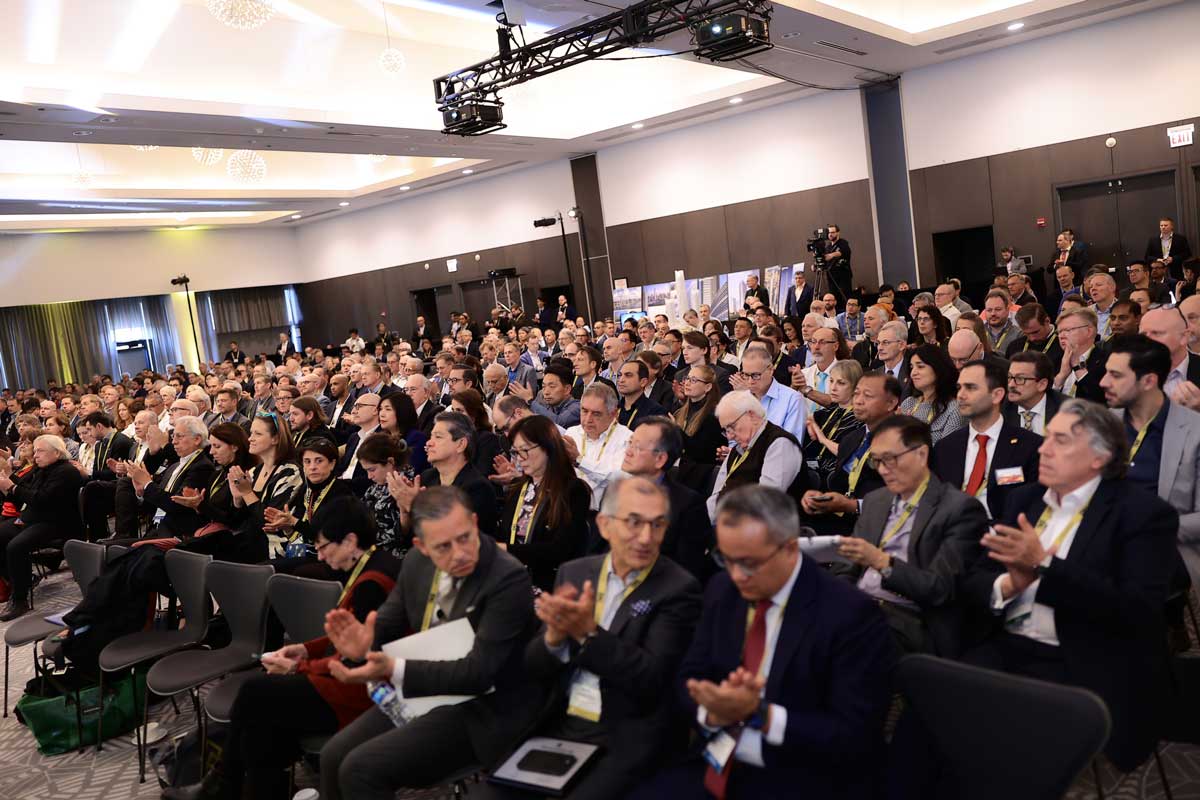
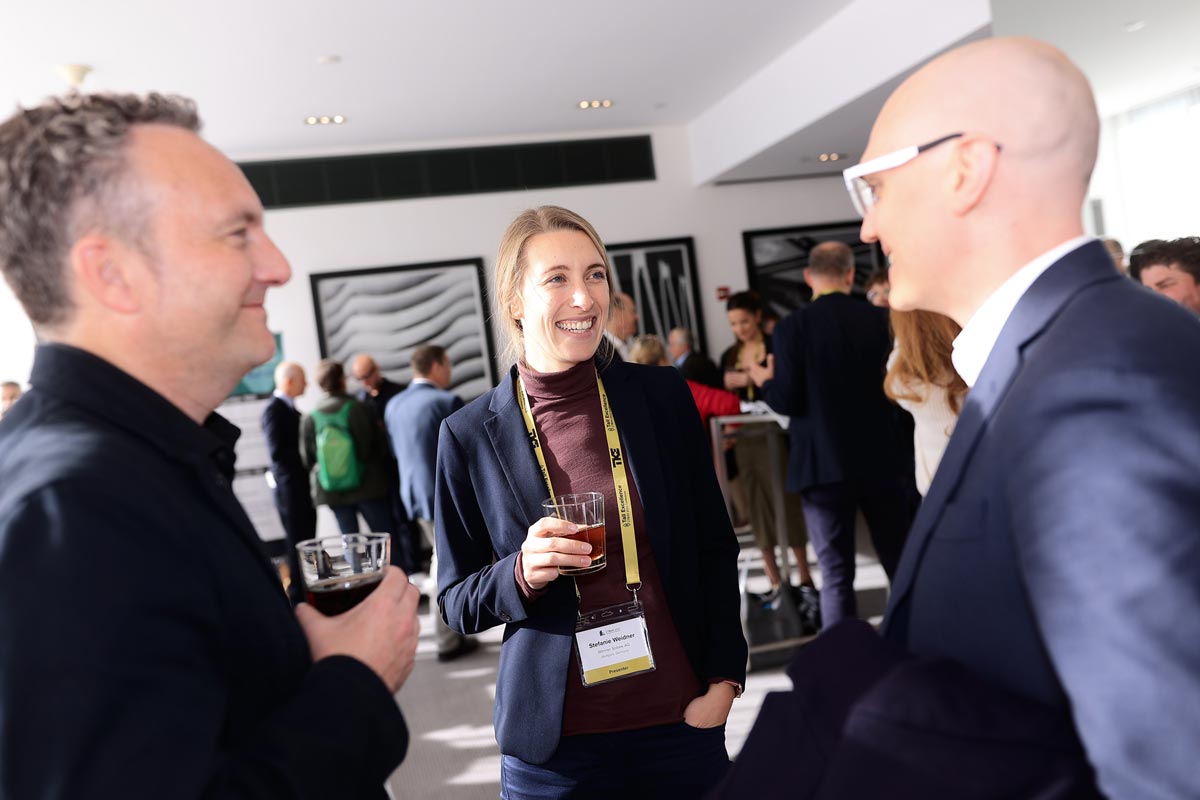
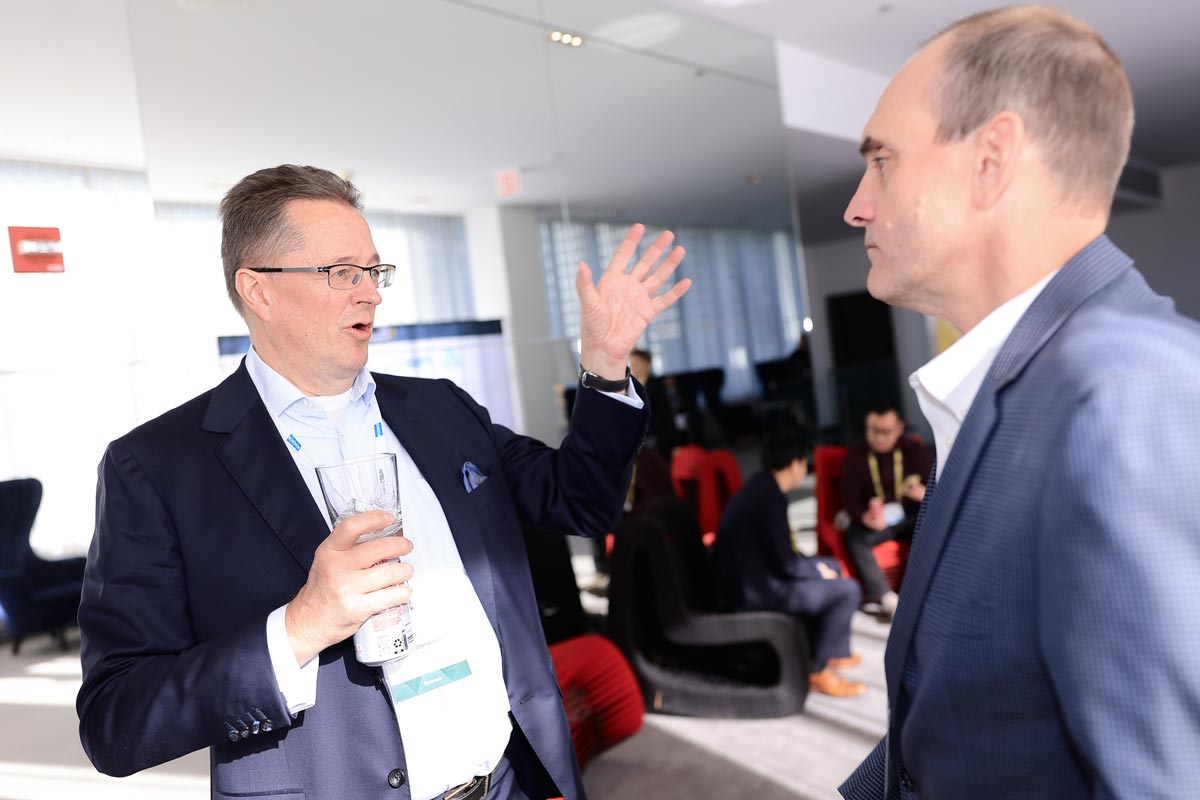
Castro’s presentation, titled “BIM and Digital Twin Models as the Centerpiece for Efficiently Planned Urban Realms,” examined how building information modeling (BIM) and digital twin models of buildings, coupled with the internet-of-things (IoT) could be utilized to:
”generate and gather data, which is extremely important for the future development and modernization of the city. The use of BIM and Digital Twin will provide real-world performance insights that will help us to build the smart cities of the future, enhancing the capabilities of machine learning and AI. This can enable smart buildings to learn the most sustainable and efficient ways to operate themselves.”
Clements also examined IoT in his presentation, “Exploring IoT Applications for Vertical Transportation, in Pursuit of Ideals in Vertical Urbanism.” His presentation focused on the use of
“emerging, off-the-shelf technologies for VT equipment, with a view to tackling some of the changes in social, economic and environmental requirements of key stakeholders for tall buildings … This, coupled with understanding the changing habits of the average office worker, can be used to think out of the box regarding efficient operation of tall buildings.”
The paper was a continuation of the author’s previous research into the use of IoT technology to monitor elevators.
Vlasov, in a presentation titled “Building Together: Boosting Vertical Transportation for Construction Site Productivity,” examined the increasingly critical role VT plays in building construction. The presentation summarized a joint research effort by KONE and Multiplex:
“The taller the building, the more important the movement of the workers and materials becomes. In tall building construction, productivity depends heavily on the efficient deployment of workers and their materials up and down multi-storied job sites with minimum delays … One of the latest industry trends is to apply traffic planning methods for construction site planning, people movement and site logistics.”
The case study Vlasov presented was One Leadenhall, currently under construction in London, with a focus on the strategic use of builder lifts and KONE jumplifts. In a presentation titled “Dynamic Solutions for Fifty Hudson Yards,” Schroeder discussed the integration of single-car elevators with TKE’s TWIN system in the recently completed addition to New York’s massive Hudson Yards complex:
“This extraordinary property consisting of 2.9 million ft2 with 58 stories will see thousands of visitors daily, and, as such, needed an elevator system to provide a clear path for the crowds. In addition to the high volume of foot traffic, several notable companies signed on to hold their headquarters in the building. This resulted in each requiring high-tech security access control for the respective businesses and their employees.”

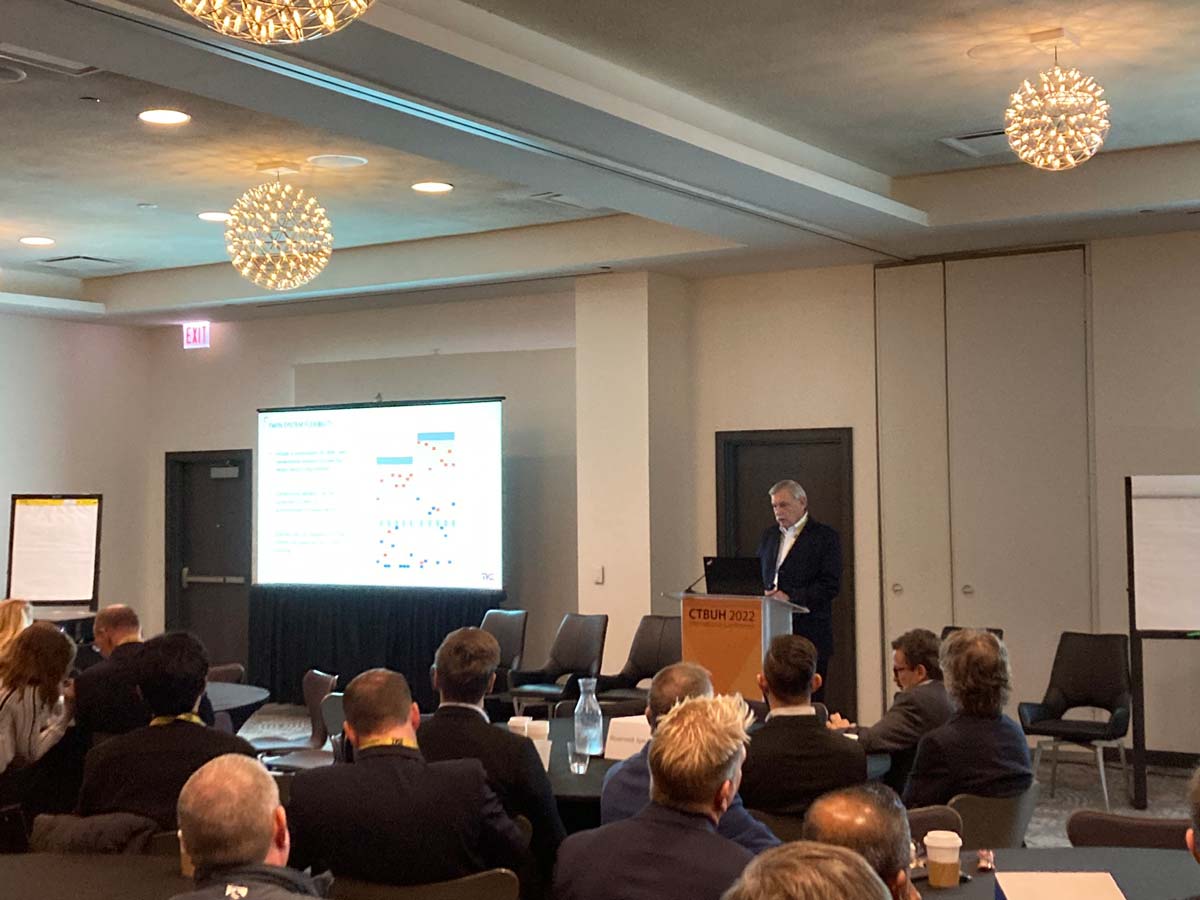
The project features one of the largest installations of TWIN elevators, with 44 TWIN cars employed. The elevators are accessed via TKE’s AGILE destination dispatch system, which allows passengers to call an elevator from their phone or smart watch.
In addition to their contributions to the Mobility Workshop, Troesch and Wedzikowski also contributed presentations to the general conference. They were joined by Camilla Rouffiange-Ahmad (KONE) and Eliza Olczyk (Schindler). Troesch, in a presentation titled “Future Flexibility in Vertical Transportation – The Key to Tall Excellence,” observed:
“What is clear is that today’s ideal may not be tomorrow’s, meaning that the only pathway to a genuine ‘ideal building’ is via a design that allows flexibility of both features and function … to be excellent, a tall building must have the ability to easily reconfigure its functionality over time, and for that, a different approach to elevator design is critical … (one which) allows a floor to be quickly re-assigned with minimal disruption, and truly delivers the flexibility of functionality, which will be the hallmark of an excellent tall building of the future and a new urban ‘normal.’”
Wedzikowski explored a similar topic in his presentation “New Digital Technologies: Futureproof Buildings with Smart and Flexible Vertical Mobility:”
“The pace of change for designing, manufacturing, installing and operating VT systems is profound. With technology advancing so quickly, how can we future proof a building? How can we make vertical transportation smart enough to evolve over time, especially in the near future, that has the capability to adapt quickly with society’s changing needs? … (the answers include) innovations such as electronic safeties, dramatically reduced pit and overhead, modular assembly, on-demand elevator group size and the use of AI (in) advanced dispatching.”
Rouffiange-Ahmad’s presentation “Defining Design Principles for Horizontal People Flow in Tall Buildings” focused on the path of movement into and through a building to the elevator lobby:
“Traditionally, buildings are designed by combining people flow elements such as user routes, guidance, entry doors, security measures, stairs, elevators and facilities without necessarily knowing how they are going to work together once the building is in use. The smooth flow of people and goods in a building is dependent on how these elements, the building users and the functions of the building are linked.”
The focus on horizontal movement was also linked to the idea of connecting buildings to their urban environment and mapping the complete experience from arrival in the city via mass transit to a workstation in a building. Olczyk also picked up on the theme of linking buildings to their urban habitat in her presentation “The Next Generation of Integrated City Mobility.” She explored an intriguing concept that integrated the concept of the driverless car with VT:
”Within the next years, electrical cars will dominate the market … Autonomous driving, connectivity and integrated mobility will strongly impact the way we move. Whether long-distance travel or daily commuting, there will be different transportation means available for each stage of travel. Moreover, mobility will become an integral part of urban infrastructure. Today, we have a clear separation between vertical travel in the building and horizontal travel on the streets. What if we can break up this separation and come up with a new form of three-dimensional mobility?”
Her presentation included the idea of having an autonomous vehicle designed such that the passenger compartment followed the paradigm of an elevator car and rode atop a traveling platform. When the car arrived at its destination, the passenger compartment would detach and become a personal elevator that carried its occupants to their destination in the building.
In addition to the workshop and presentations, the VT industry was also present in other substantial ways. The conference was attended by more than 850 delegates from 40 countries. The delegates included more than 80 VT industry members, thus this group constituted almost 10% of the total attendees. Companies represented included AECOM; Buro Happold; D2E International VT Consultants Ltd.; KONE; Lerch Bates, Inc.; Multiplex Construction Europe Ltd.; Otis; Schindler; TK Elevator GmbH; and VDA Elevator and Escalator Consulting. And, as has been the case in the past, VT companies played a critical role as conference sponsors.
Get more of Elevator World. Sign up for our free e-newsletter.




